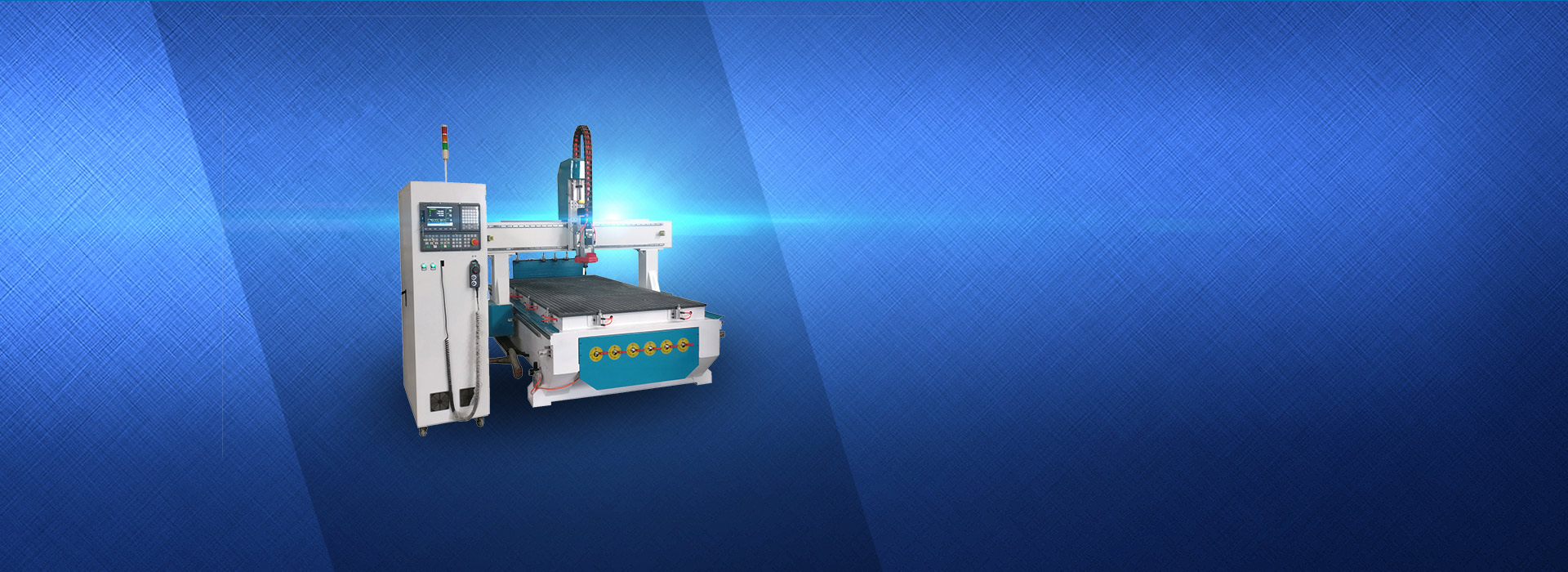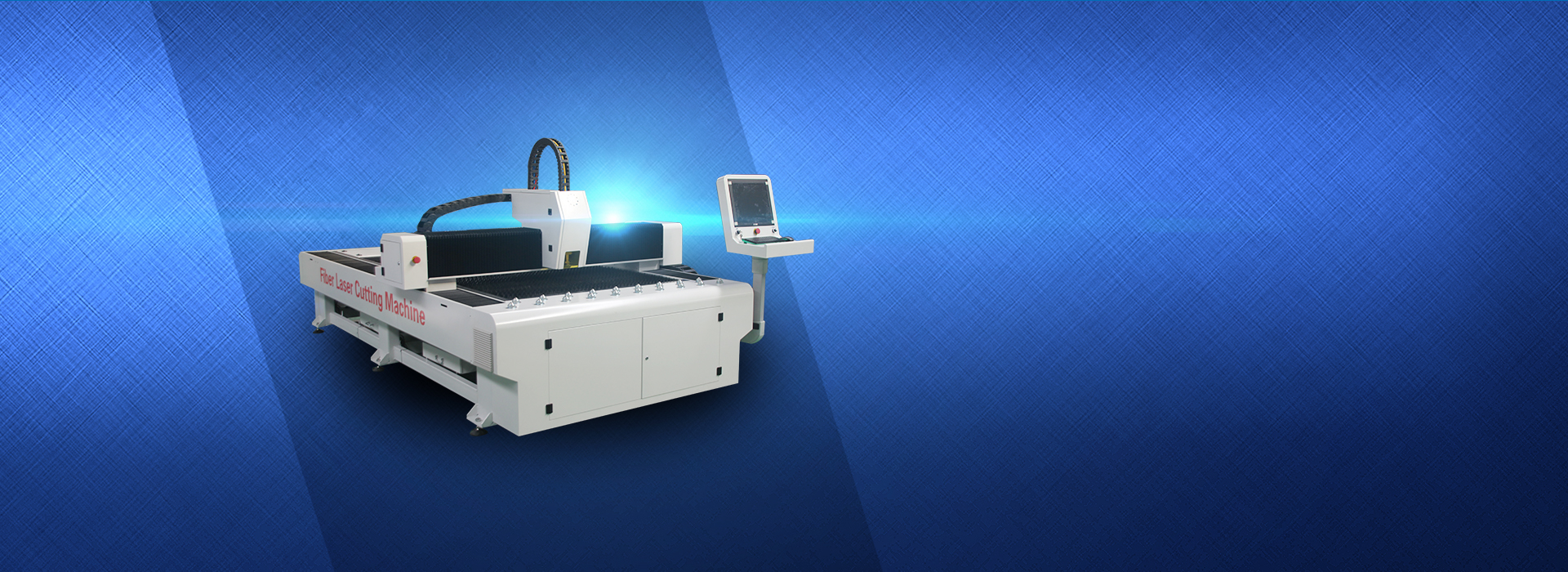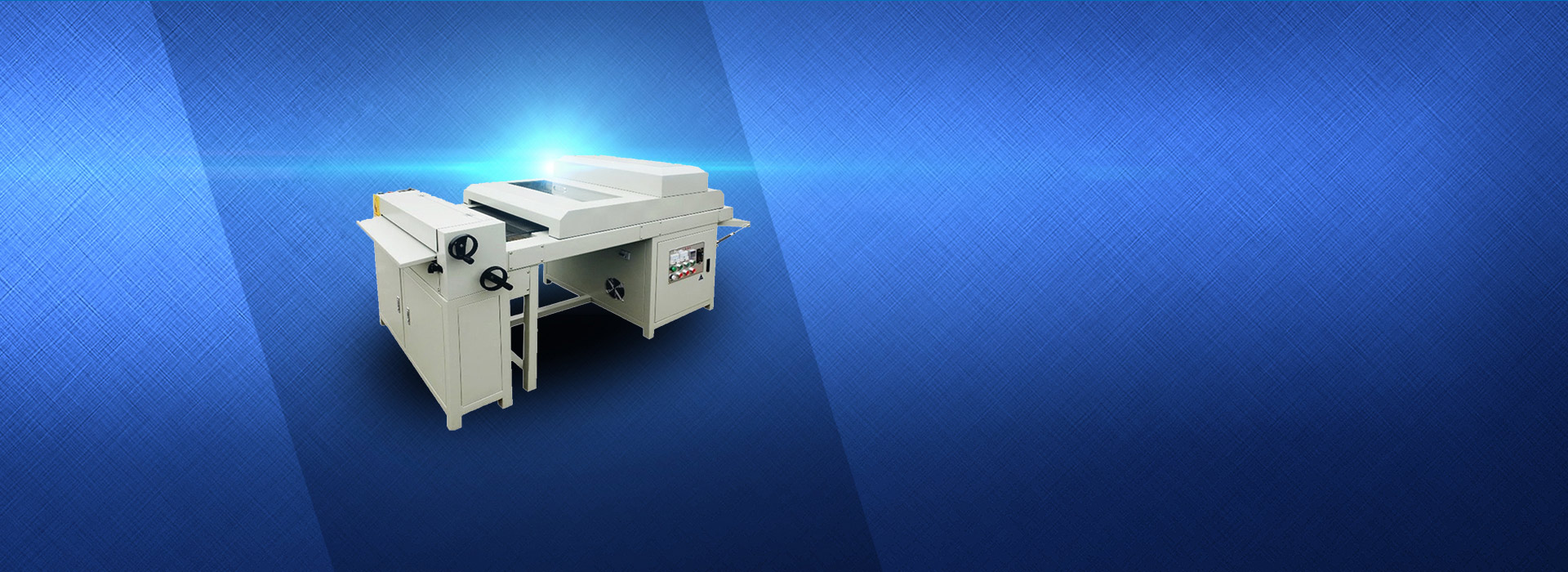How to select fiber laser cutting machine by different thickness
Factors Affecting the Thickness of Laser Cutting Machines
1. Laser Power and Intensity
The power and intensity of the laser beam (measured in watts) are critical in determining the maximum thickness that can be cut. Higher-power lasers can penetrate thicker materials, but need to be carefully managed to avoid problems such as material deformation and poor edge quality.
High power: Suitable for cutting thicker materials, but the cutting speed is slower and the heat-affected zone is larger. For example, a 3000-watt laser can cut 25 mm thick mild steel, but the speed is slower to ensure quality.
Low power: Suitable for cutting thinner materials, with faster cutting speeds, neater edges, and minimal heat effects. A 500-watt laser can be used to cut 3 mm thick aluminum quickly and efficiently.
2. Beam quality
The beam quality, including its focus and consistency, is usually described by the beam parameter product (BPP), which determines the focus of the laser beam.
The higher the beam quality, the smaller the focal spot size, which improves cutting accuracy and can penetrate the material deeper. Poor beam quality results in a wider kerf (cut width) and slower cutting speeds, especially when cutting thicker materials.
Focusing: Proper focusing of the laser beam ensures that the energy is concentrated on the material, which improves cutting efficiency and quality. Advanced focusing mechanisms are used in high-precision industries such as electronics and medical devices.
Consistency: A consistent laser beam maintains consistent material cut quality, reduces defects, and ensures a smooth surface finish. A consistent beam is critical for industries such as aerospace that require extreme precision and reliability.
3. Material Types
Metals Metals such as steel, aluminum, and titanium require high power and precision. For example, a 1500-watt fiber laser can typically accurately cut 12 mm thick stainless steel. Fiber lasers are often used to cut metals because of their efficiency and ability to cut thicker materials.
Non-metals: CO2 lasers are commonly used to cut materials such as wood, plastic, and acrylic. These materials can be cut to greater thicknesses, but require different power settings and speeds than metals. For example, CO2 lasers can cut acrylic up to 20 mm thick, making them ideal for the signage industry.
Composites: Cutting composites can be more complex and often requires customized settings to manage the variations in material properties. Industries such as aerospace use specialized laser systems to cut composites used in aircraft manufacturing.
4. Cutting Speed and Precision
The speed at which the laser moves across the material and the precision of the cut are interrelated and have a large impact on the thickness of the cut:
Cutting Speed Thicker materials require slower cutting speeds to ensure that the laser can effectively penetrate and cut the material. Slower speeds help maintain edge quality and reduce dross formation. For example, when cutting 20 mm thick steel, a slower speed may be required to achieve a clean cut.
Precision: If you want to cut complex designs and get clean edges, especially when cutting thicker materials, you will need higher precision settings. Precision is affected by a number of factors, such as the focus of the laser beam and the quality of the optics used. The electronics industry uses high-precision lasers to cut thin materials with complex patterns.
5. Assist Gas
Assist Gas
Oxygen is often used to cut ferrous metals such as mild steel because it promotes an exothermic reaction, which helps cut thicker materials. Oxygen increases cutting speed and improves edge quality by promoting an exothermic reaction. It is commonly used for steel cutting in industries such as automotive and construction.
Nitrogen: Nitrogen is the preferred material for cutting stainless steel and aluminum. Nitrogen prevents oxidation and produces a clean, high-quality cut product without discoloration. This is ideal for applications such as the food processing equipment industry that require high surface aesthetics.
Air Air can be used to cut less critical materials and is a cost-effective auxiliary gas option. It can provide adequate cut quality for materials such as thin plastics and wood.
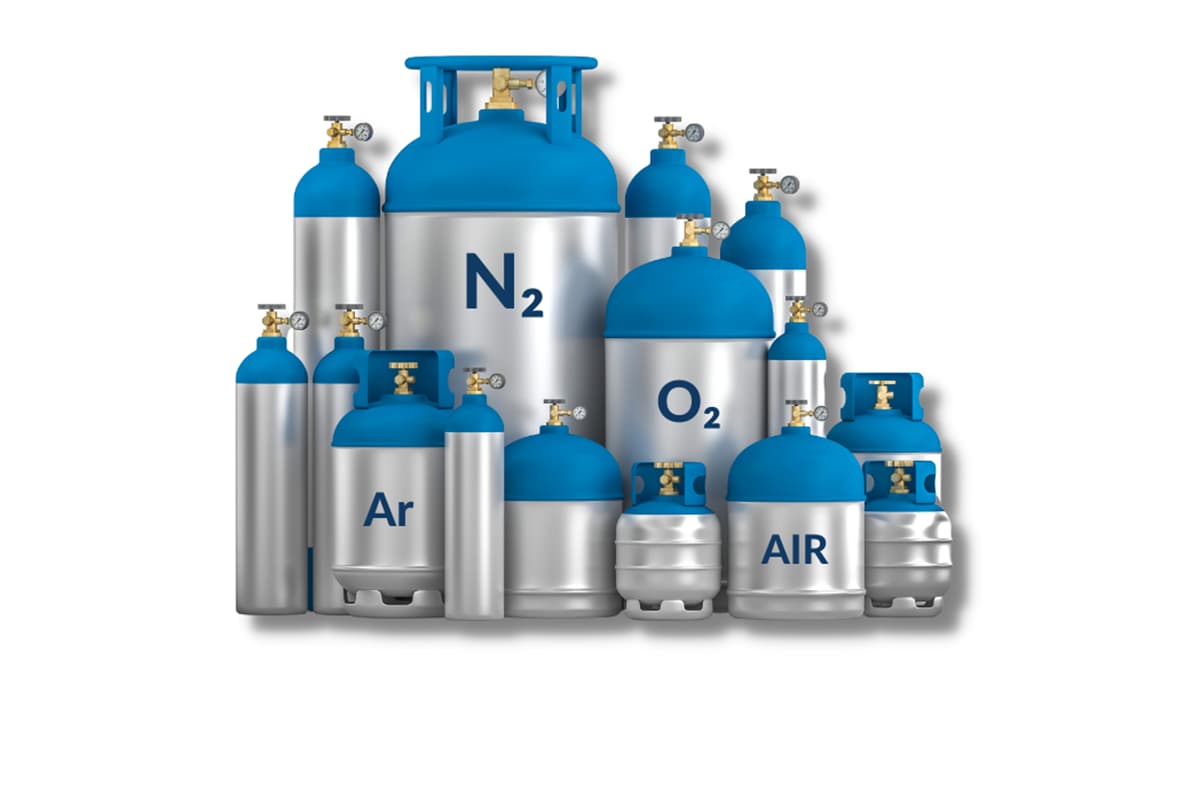
6. Lens Focal Length
The focal length of the lens used in the laser cutting machine determines the depth and tightness of the focus of the laser beam. The shorter the focal length, the smaller and sharper the focus, which is ideal for cutting thin materials; the longer the focal length, the deeper the penetration, which is conducive to cutting thicker materials. Adjusting the lens focal length is essential to maintain optimal cutting conditions.
7. Machine stability and maintenance
Regular maintenance of the laser cutting machine ensures stable performance. Factors such as alignment of the laser optics, cleaning of lenses and reflectors, and proper calibration play an important role in maintaining cutting efficiency. The stability of the machine and proper maintenance of the components help achieve maximum cutting thickness without compromising accuracy.
8. Software and control systems
Advanced laser cutting machines are equipped with advanced software and control systems
Advanced laser cutting machines are equipped with advanced software and control systems that optimize cutting parameters in real time. These systems can dynamically adjust power, speed, and focus, improving the machine's ability to efficiently handle different thicknesses.
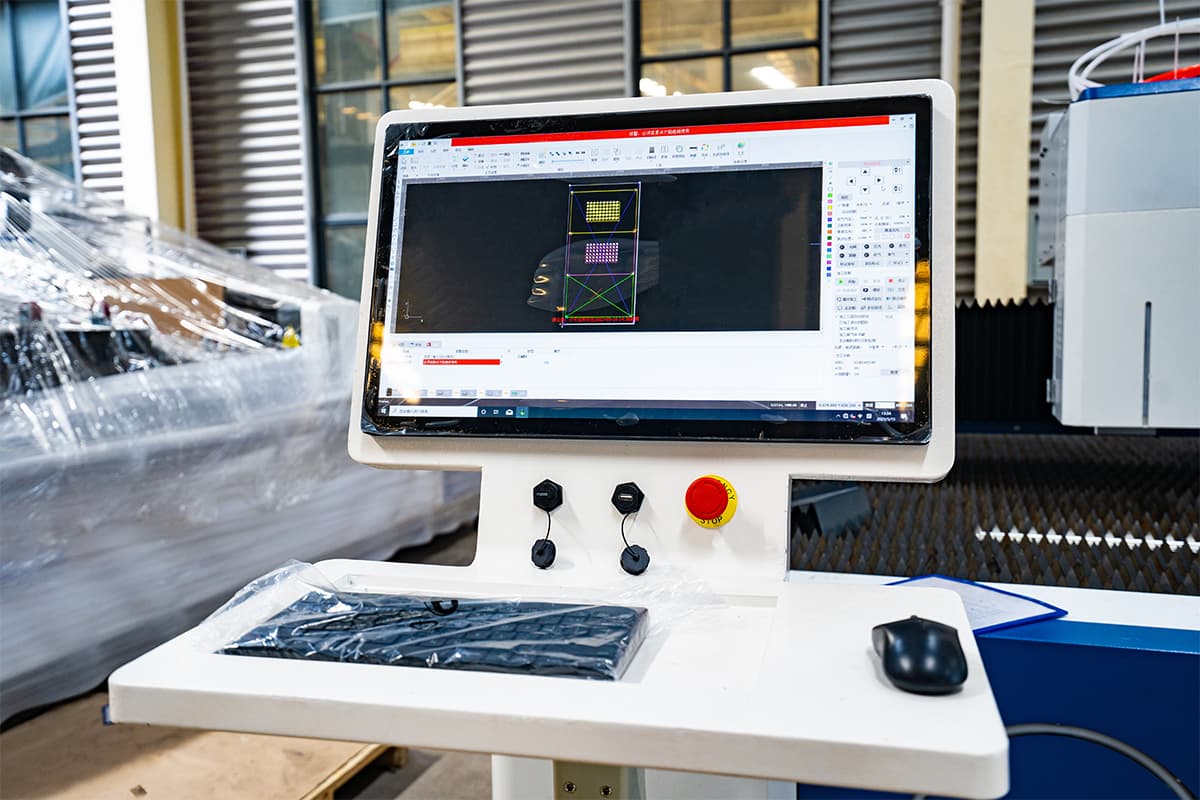
Operators should use these technologies to fine-tune the cutting process based on material characteristics and thickness requirements.
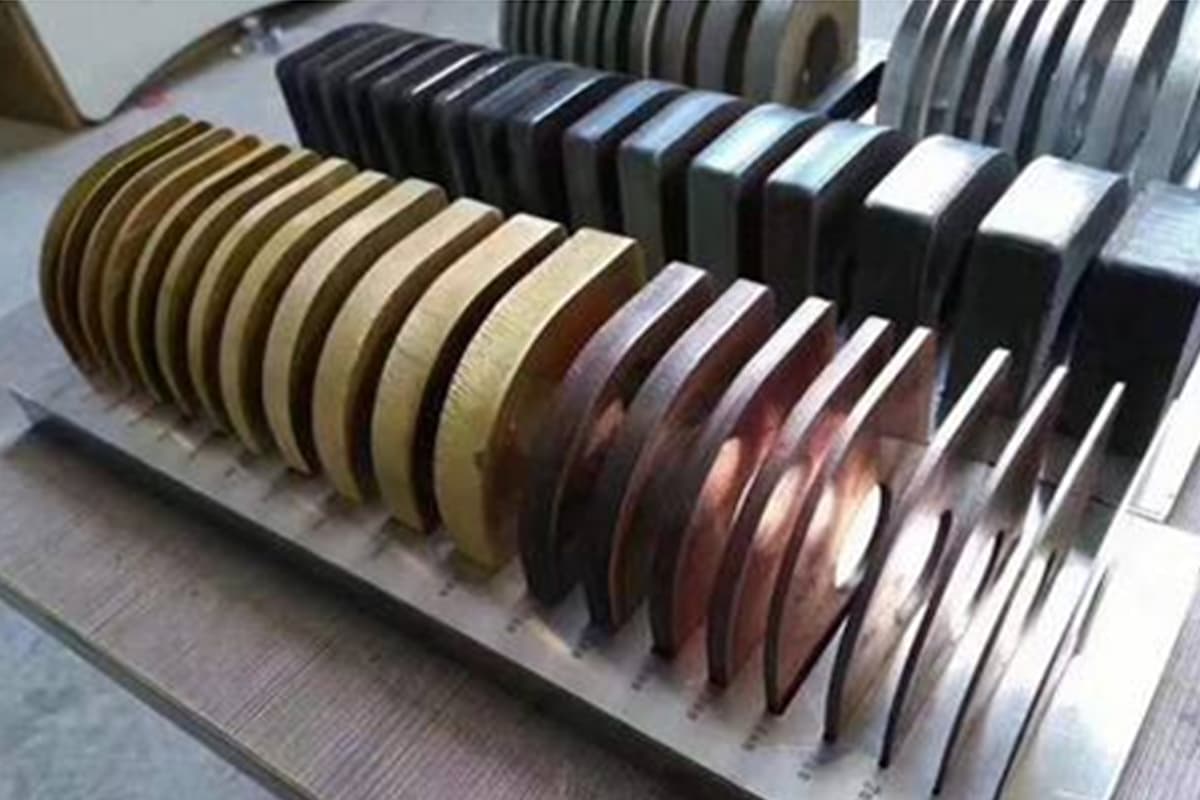
Cutting Parameter list
1,000W | 2,000W | 3,000W | 4,000W | 6,000W | 8,000W | ||
Material | Thickness | speed m/min | speed m/min | speed m/min | speed m/min | speed m/min | speed m/min |
Carbon steel | 1 | 15--24 | 24--30 | 30--42 | 40--55 | 60--80 | 70--90 |
2 | 5--7.5 | 5.5--8 | 7--9 | 8--10 | 9--12 | 10--13 | |
3 | 2.4--4 | 3.5-4.8 | 4--6.5 | 4.5--6.5 | 4--7 | 4--7 | |
4 | 2--2.4 | 2.8-3.5 | 3.5--4.5 | 4.0--5.0 | 4.2--5.5 | 4.7--5.5 | |
5 | 1.8--2 | 2.5--3 | 3--3.5 | 3.0--4.2 | 3.5--4.2 | 3.8--4.5 | |
6 | 1.4--1.6 | 1.8--2.6 | 2.5--3.2 | 3.0--3.5 | 3.0--4 | 3.3--4.2 | |
8 | 0.8--1.2 | 1.2--1.8 | 1.8--2.6 | 2.0--3.0 | 2.2--3.2 | 2.5--3.5 | |
10 | 0.6--1.0 | 1. 1-1.3 | 1.4--2.0 | 1.5--2.5 | 1.8--2.5 | 2.2--2.7 | |
12 | 0.5--0.8 | 0.9--1.2 | 1.2--1.6 | 1.4--2 | 1.6--2 | 1.8--2. 1 | |
14 | 0.7-0.8 | 0.9--1.4 | 1.0--1.6 | 1.5--1.8 | 1.7--1.9 | ||
16 | 0.6-0.7 | 0.8--1.2 | 0.8--1.2 | 0.8--1.5 | 0.9--1.7 | ||
18 | 0.4--0.6 | 0.7--1 | 0.8--1. 1 | 0.9--1.2 | 0.9--1.2 | ||
20 | 0.6--0.8 | 0.7--1 | 0.8--1. 1 | 1.0--1.5 | |||
22 | 0.4--0.6 | 0.6--0.8 | 0.7--0.9 | 0.8--1.0 | |||
25 | 0.3--0.5 | 0.4--0.6 | 0.5--0.7 | ||||
Stainless steel | 1 | 18--25 | 24--30 | 30--42 | 40--55 | 60--80 | 70--90 |
2 | 7--12 | 10--17 | 18--21 | 20--30 | 30--42 | 40--55 | |
3 | 1.8--2.5 | 4--6.5 | 8--12 | 12--18 | 18--24 | 30--38 | |
4 | 1.2--1.3 | 3--4.5 | 6--9 | 8--12 | 10--18 | 18--24 | |
5 | 0.6--0.7 | 1.8-2.5 | 3.0--5.0 | 4--6.5 | 8--12 | 12--17 | |
6 | 1.2-2.0 | 3.0--4.3 | 4.0--6.5 | 6--9 | 8--14 | ||
8 | 0.7-1 | 1.5--2.0 | 1.8--3.0 | 4--5 | 6--8 | ||
10 | 0.8--1 | 0.8--1.5 | 1.8--2.5 | 3--5 | |||
12 | 0.5--0.8 | 0.6--1.0 | 1.2--1.8 | 1.8--3 | |||
16 | 0.5--0.8 | 0.6--0.8 | 1.2--1.8 | ||||
20 | 0.5--0.8 | 0.6--0.7 | |||||
30 | 0.4--0.5 | ||||||
Aluminum | 1 | 6--10 | 20--25 | 25--40 | 40--55 | 55--65 | 80--90 |
2 | 2.8--3.6 | 7--10 | 10--18 | 15--25 | 25--35 | 35--50 |


 中文
中文 English
English